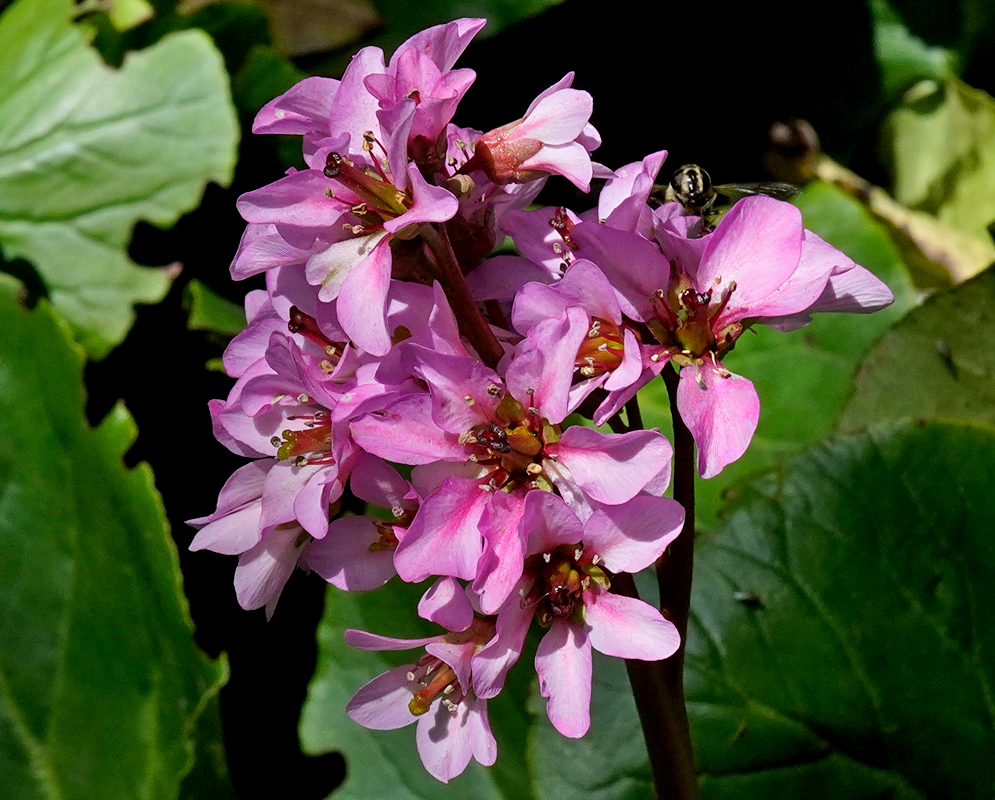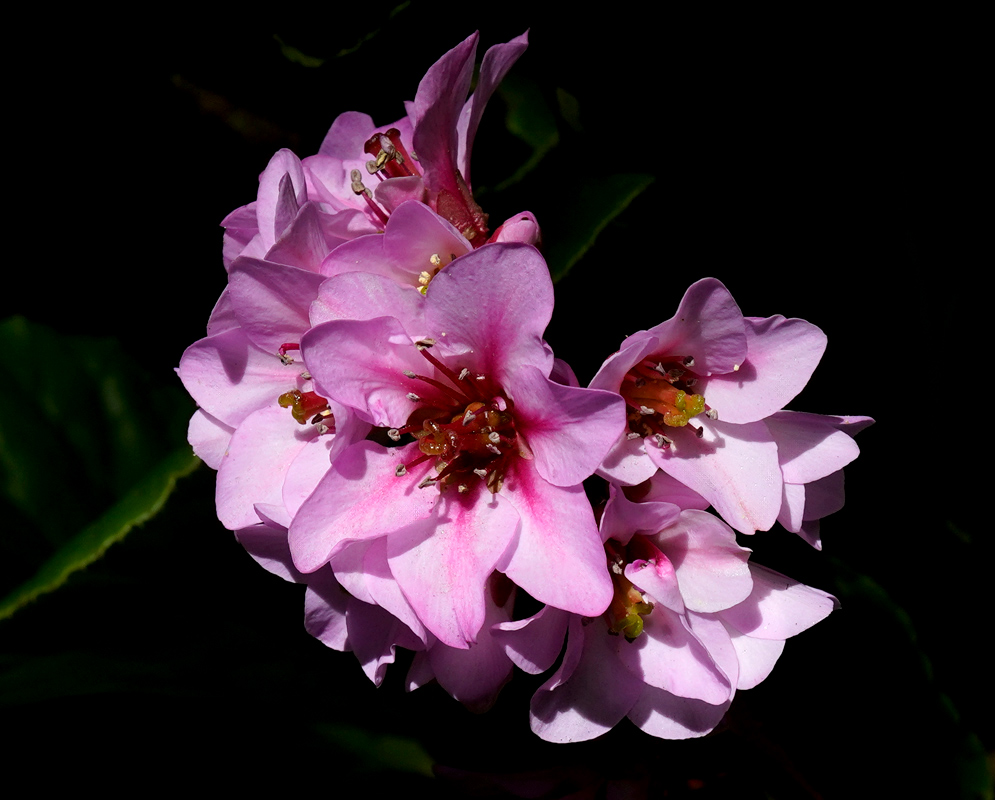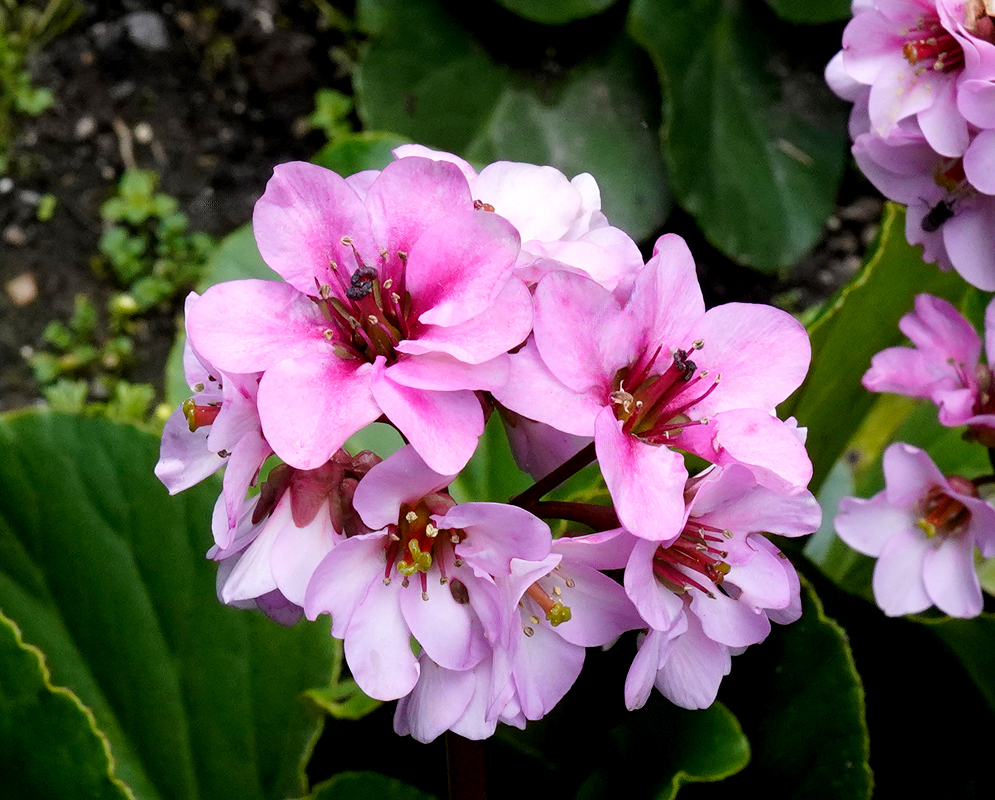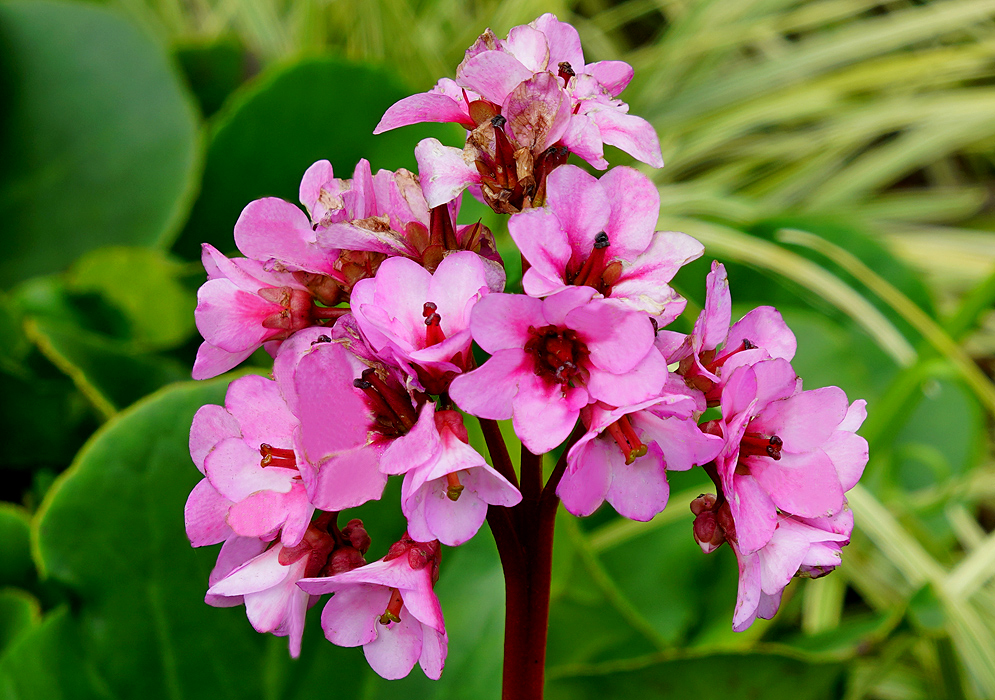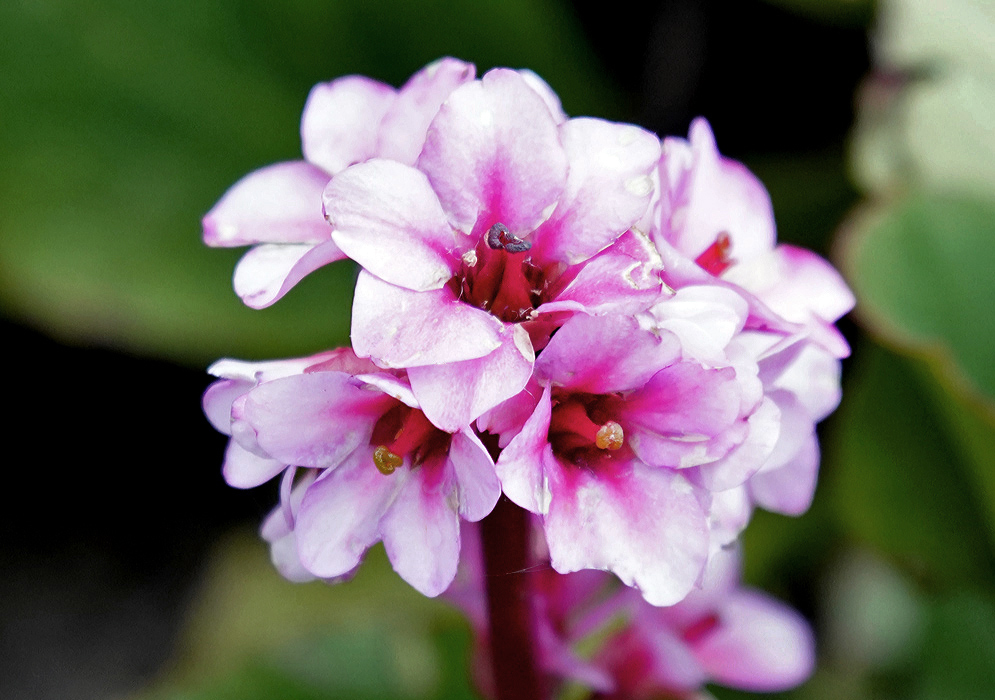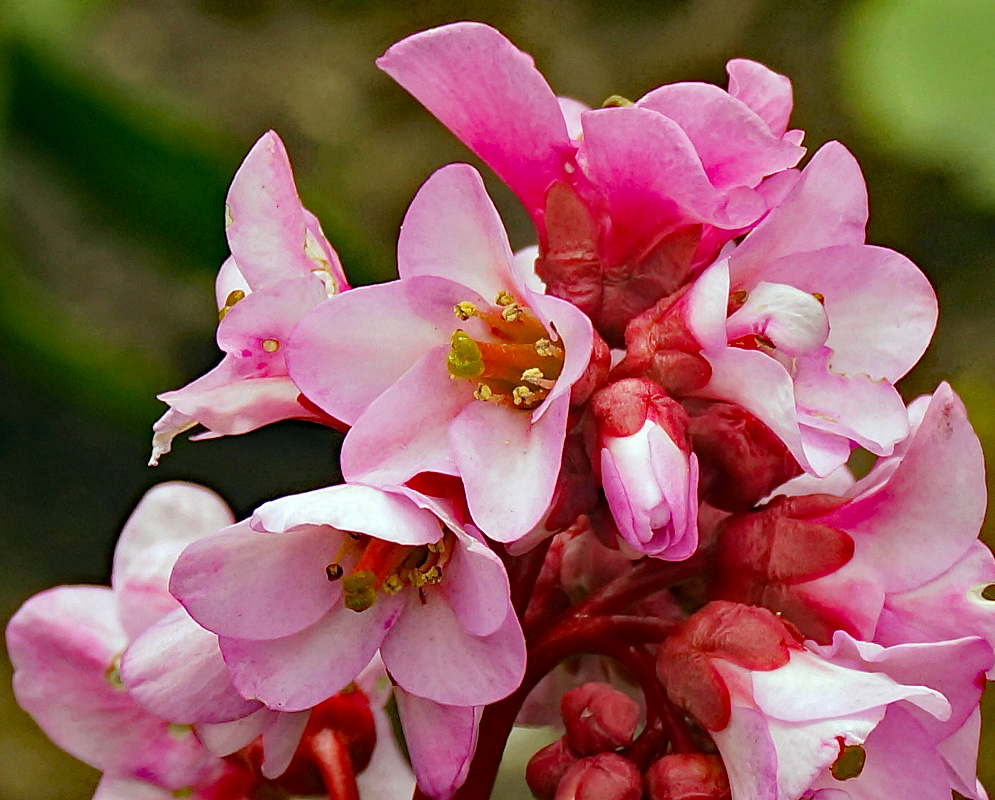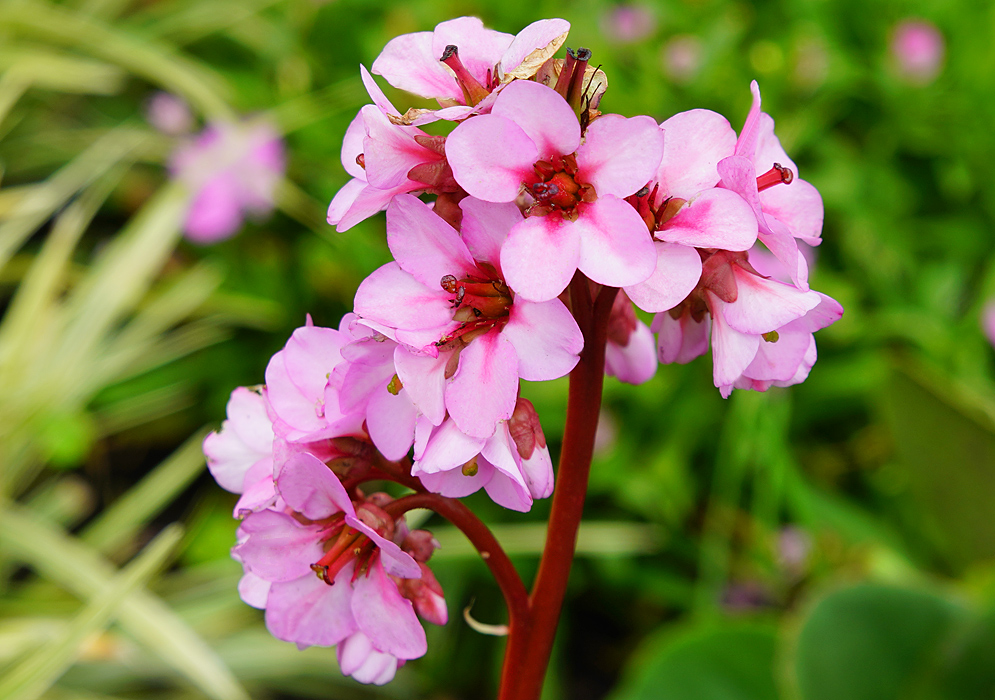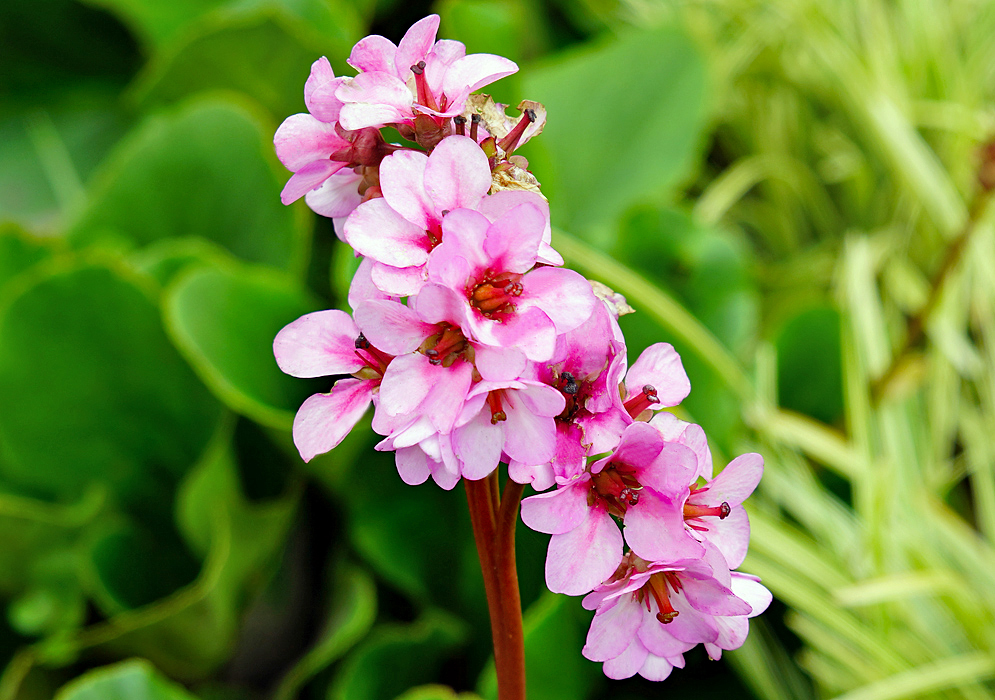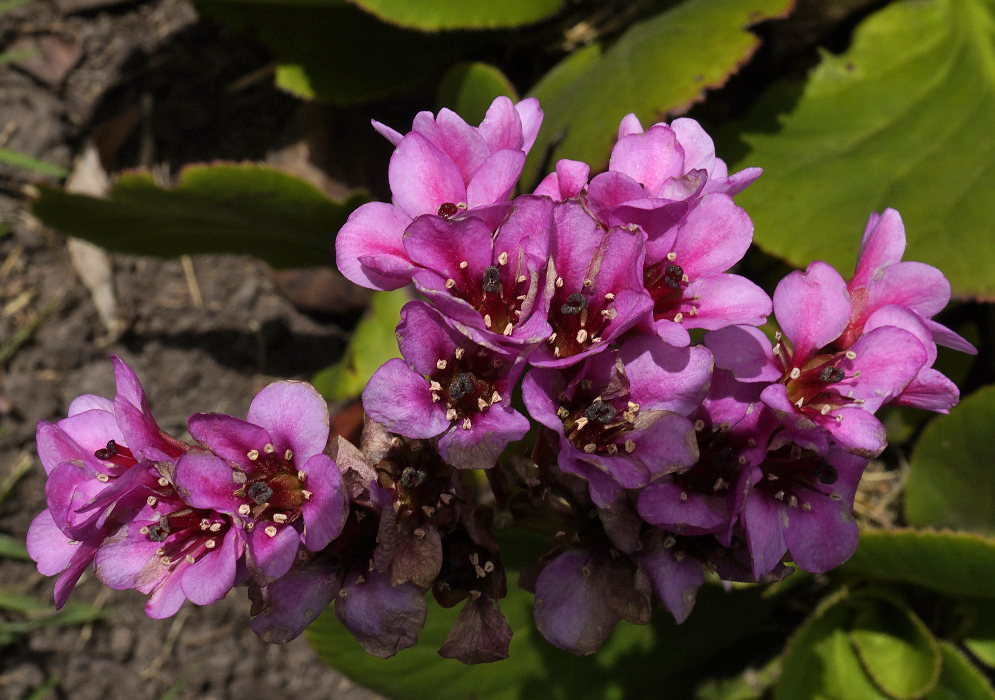This post has 11 Simple Fields-fields attached. Show fields.
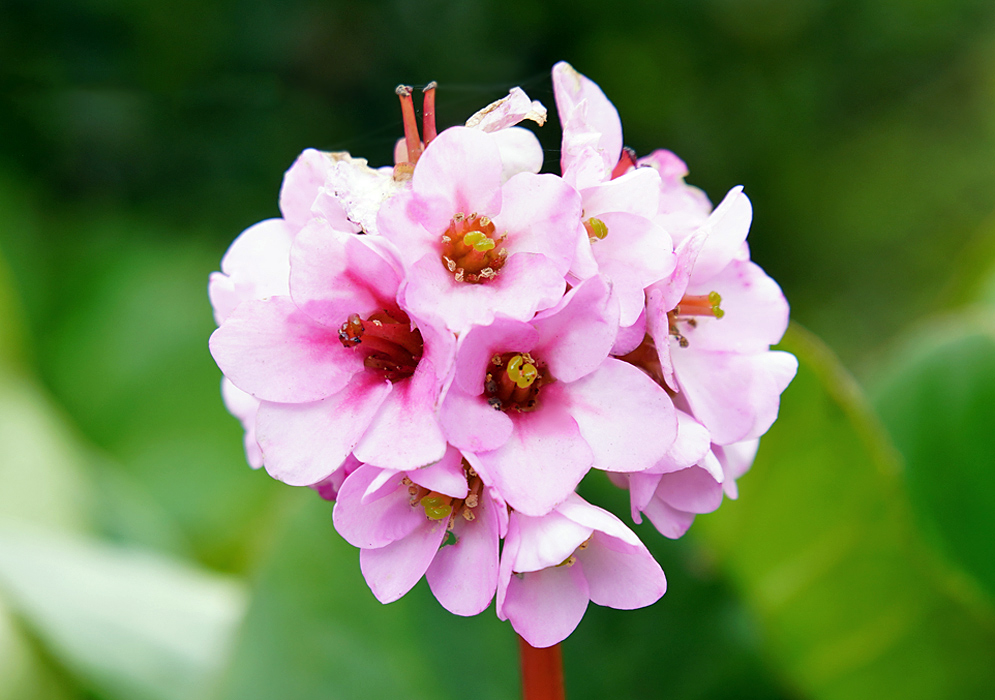
Native to the rocky cliffs and alpine zones of northeastern Asia, stretching from northwest China to Siberia, this herbaceous perennial showcases its ornamental appeal through nodding, purple-pink blossoms, elevated above the foliage on rigid stalks. The plant holds a strong traditional medicinal value, especially in the form of tea prepared from its leaves. Historically, it has been utilized in folk medicine to address a variety of ailments including urinary, gastrointestinal, skin, pulmonary, hepatic, gynecological, inflammatory, and infectious diseases. Modern research has explored its adaptogenic, antitumor, diuretic, hepatic, hypoglycemic, hypotensive, and stomachic properties. Interestingly, it's been observed to assist in reducing appetite and improving metabolism in individuals with obesity induced by high-calorie diets. The anti-inflammatory and wound healing properties of the plant, along with its anti-wrinkle effects, accentuate its medicinal significance. Moreover, the plant's rhizomes have been traditionally used for treating cough and pulmonary diseases, stopping bleeding, increasing immunity, and dissolving kidney or bladder stones, making it a multifaceted herb in the domain of traditional medicine. Photographed in Bogotá, Colombia and Quito, Ecuador.
